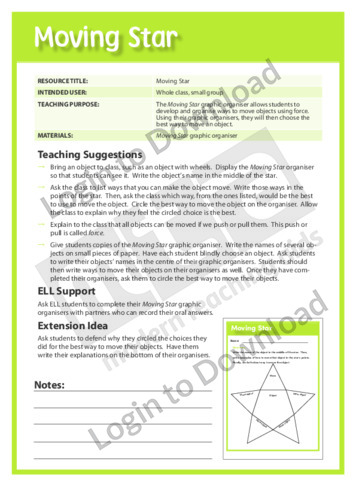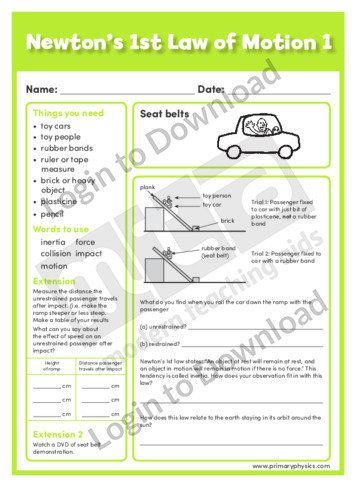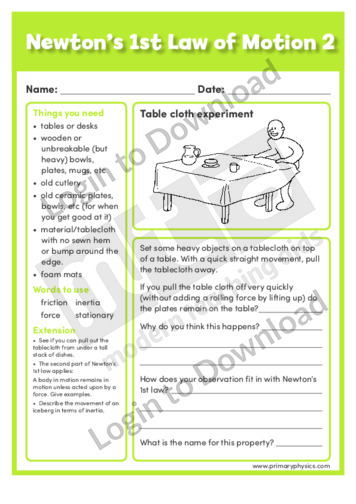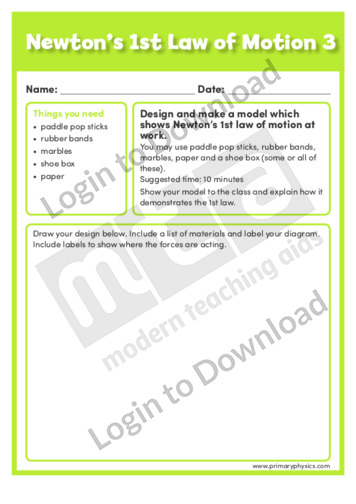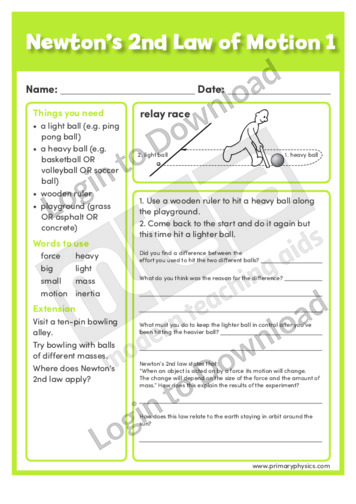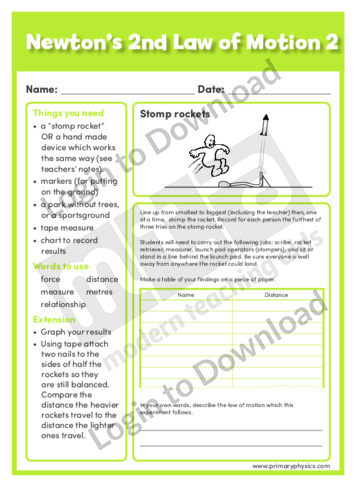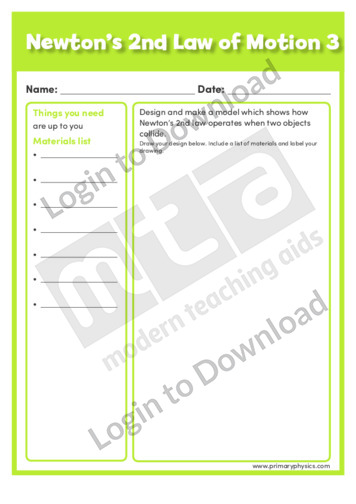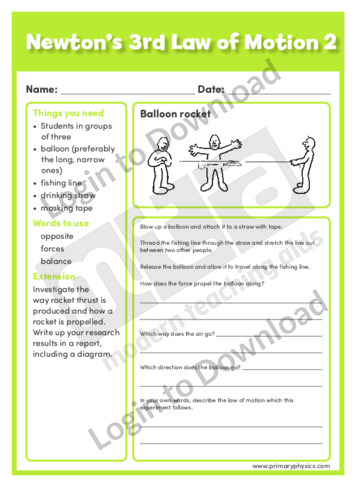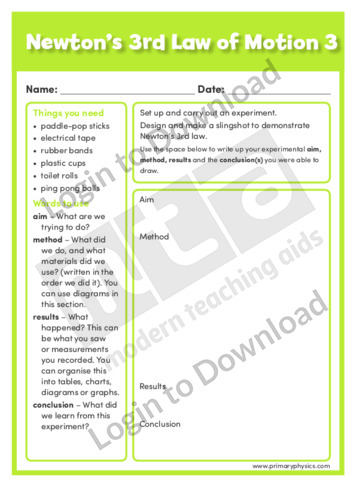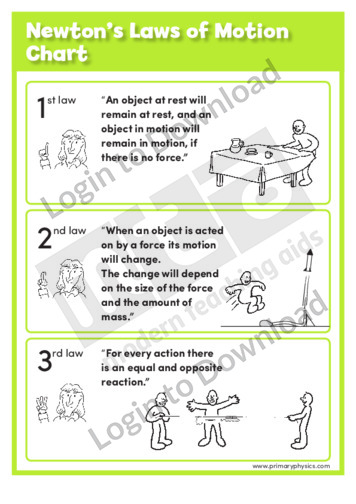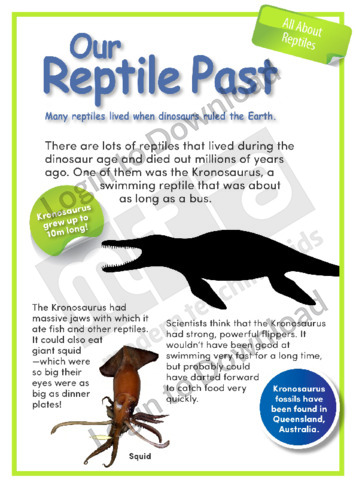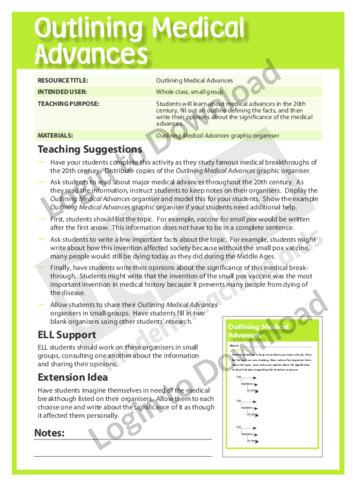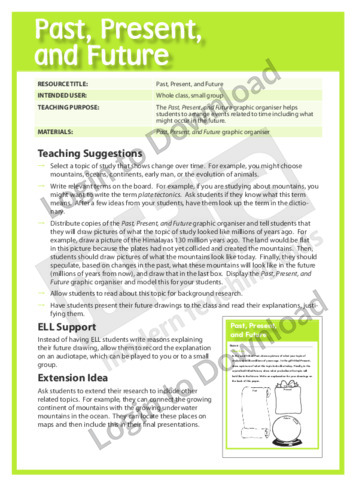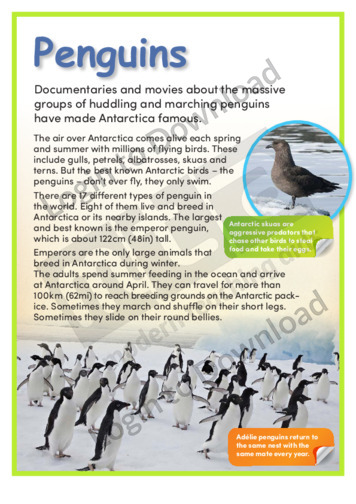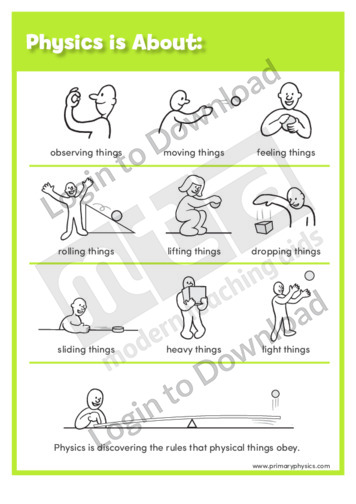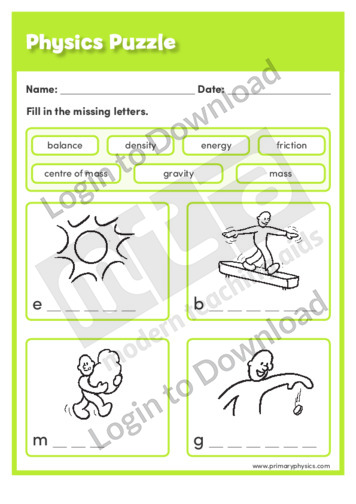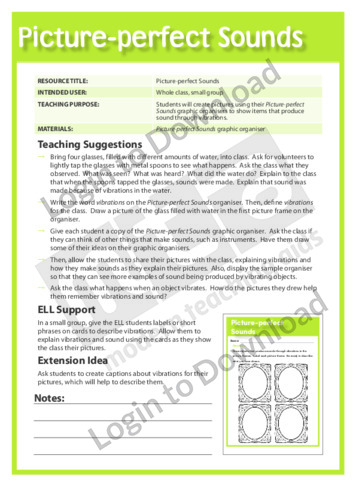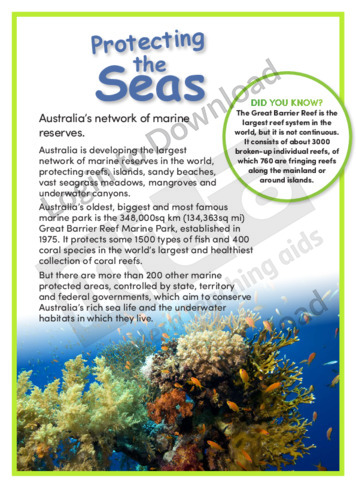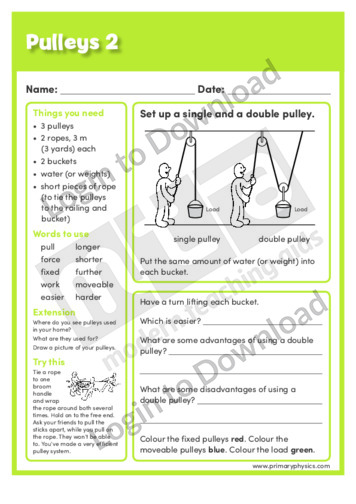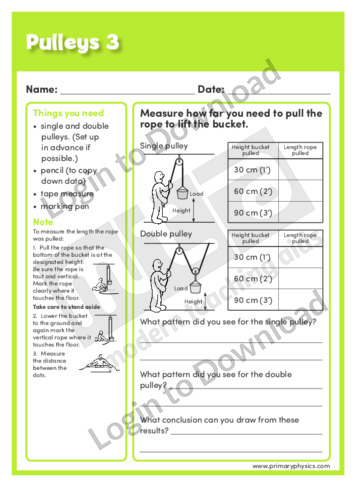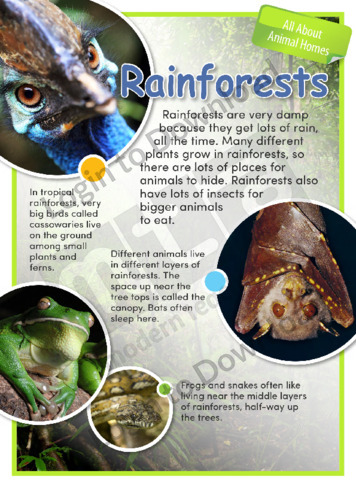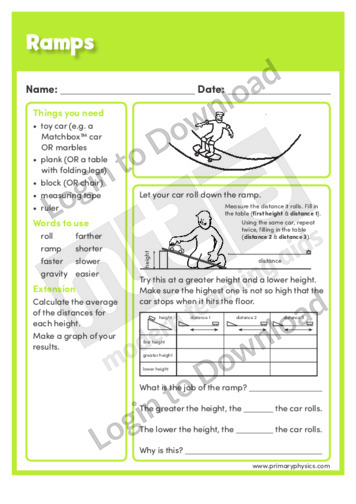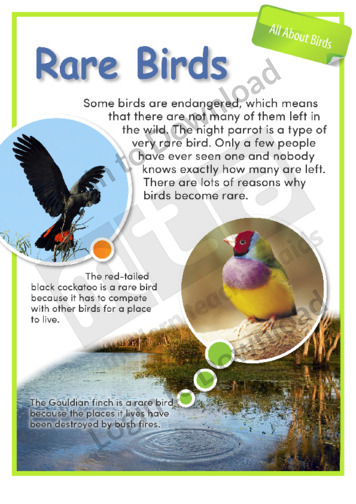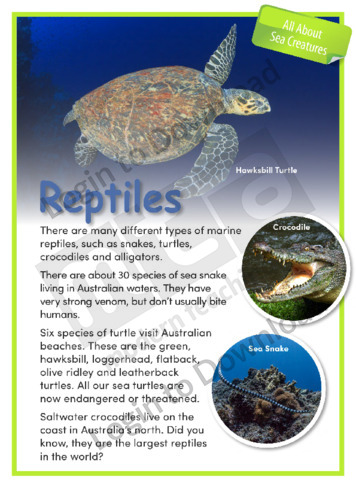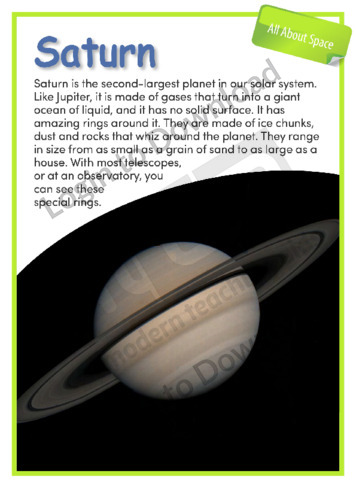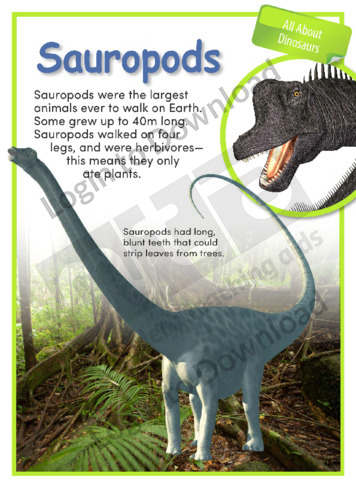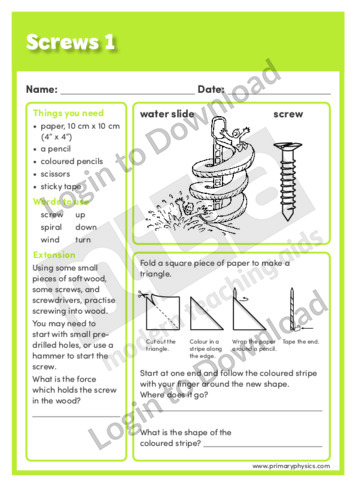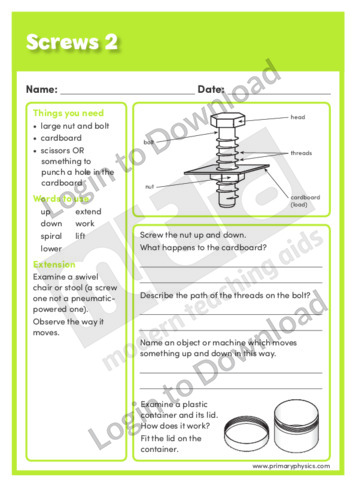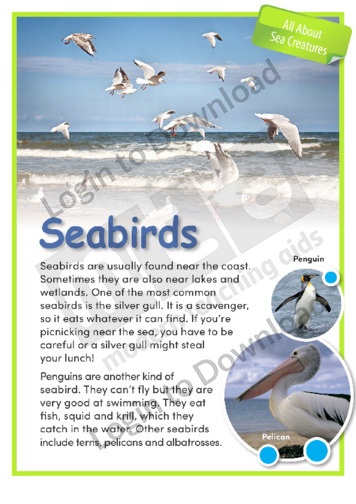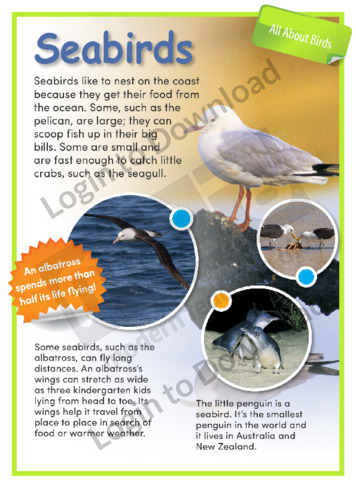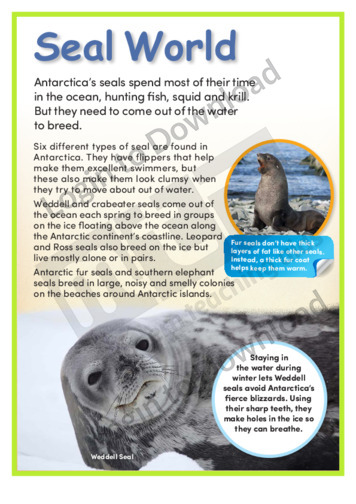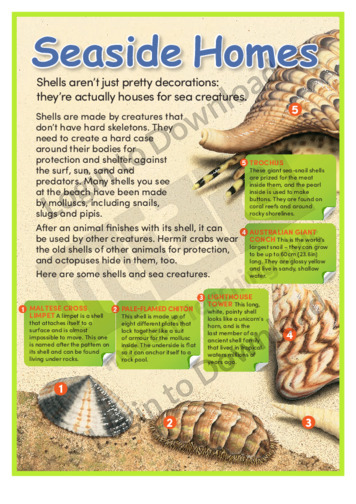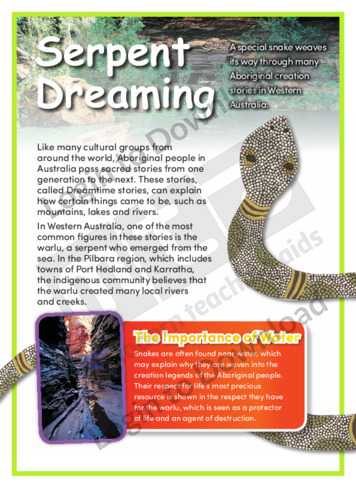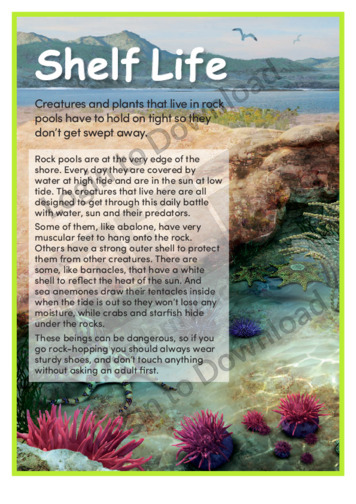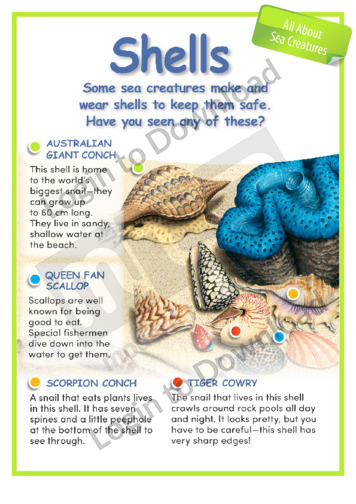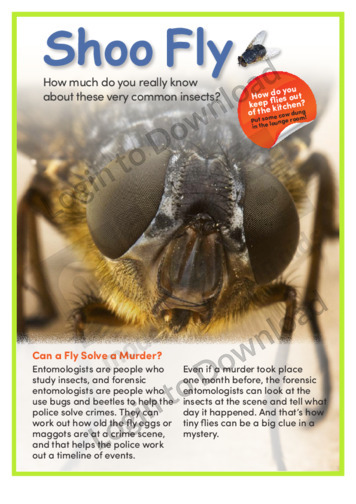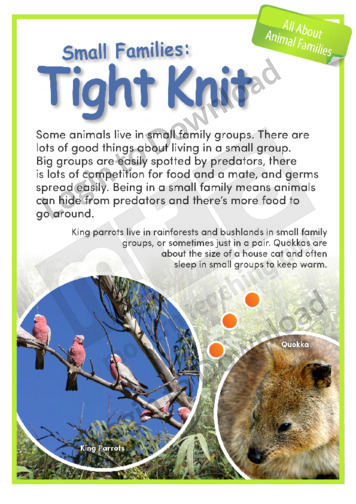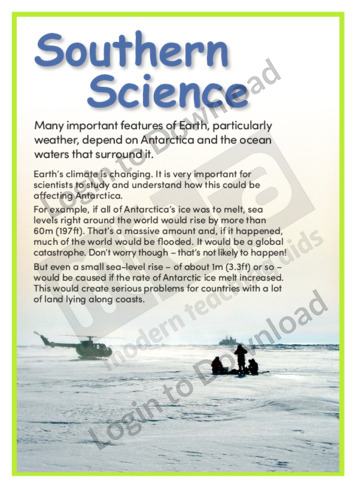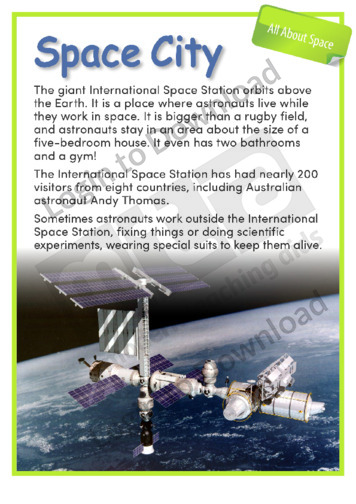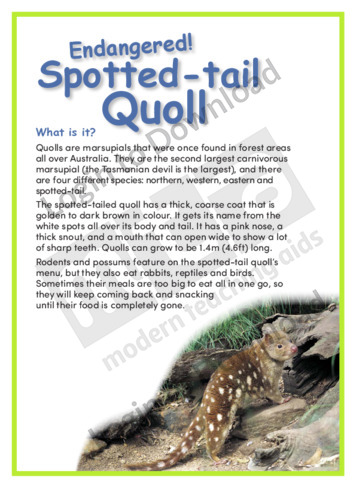This graphic organiser, ‘Moving Star’ allows students to develop and organise ways to move objects using force, then choose the best way to move an object.
This graphic organiser, ‘Moving Star for Pulling’ helps students create lists of objects that you can change the position of by pulling, then evaluate the best object to be pulled.
This hands-on activity, ‘Newton Project’ asks students to write a short report on Newton, or any other famous scientist who studied motion.
This hands-on activity, ‘Newton’s 1st Law of Motion 1’ asks students to investigate the concept of the first law of motion through experimenting with seat belts.
This hands-on activity, ‘Newton’s 1st Law of Motion 2’ investigates the relationship between mass and inertia by allowing students to pull a tablecloth from underneath a set of heavy objects.
This hands-on activity, ‘Newton’s 1st Law of Motion 3’ asks students design and make a model which shows Newton’s first law of motion at work.
This hands-on activity, ‘Newton’s 2nd Law of Motion 1’ asks students to investigate the concept of Newton’s second law of motion and the effect of using force to move a heavy and light ball.
This hands-on activity, ‘Newton’s 2nd Law of Motion 2’ asks students to line up according to height and jump on stomp rockets to reveal the direct relationship between mass and distance.
This hands-on activity, ‘Newton’s 2nd Law of Motion 3’ asks students to design and make a model which shows how Newton’s second law operates when two objects collide.
This hands-on activity, ‘Newton’s 3rd Law of Motion 1’ introduces the concept of Newton’s third law of motion and asks students to form pairs and practice Chinese get-ups by pushing on each other with equal force.
This hands-on activity, ‘Newton’s 3rd Law of Motion 2’ asks students to investigate the concept of Newton’s third law of motion through launching a balloon rocket.
This hands-on activity, ‘Newton’s 3rd Law of Motion 3’ asks students to demonstrate Newton’s third law of motion by conducting an experiment in designing and making a slingshot.
This quick reference chart, ‘Newton’s Laws of Motion Chart’ provides a visual guide to understanding Newton’s laws of motions.
This article, ‘All About Birds: Night Birds’, features birds that only come out at night. It provides factual information about nocturnal birds and includes colourful and engaging photographs.
This article, ‘On the Billabong’, describes creatures that live on tropical billabongs. It includes illustrations of these creatures and encourages students to match the name of the creature with the illustration.
This infographic, ‘All About Sea Creatures: On the Menu’, illustrates a food chain of sea creatures. It features labels and photographs to show who eats who in the seas.
This article, ‘All About Animal Families: On the Move’, profiles different types of animal families that travel together. It provides factual information about these animals and includes colourful and engaging photographs.
This article, ‘All About Reptiles: Our Reptile Past’, provides information about reptiles that lived during the dinosaur age. It features interesting facts about these ancient reptiles and includes colourful and engaging photographs.
This graphic organiser, ‘Outlining Medical Advances’ helps students to combine facts about medical advancements with their own personal opinions.
This graphic organiser, ‘Outlining Opinions’ asks students to combine facts about a topic with their own personal opinions.
This graphic organiser, ‘Past, Present, & Future’ helps students to arrange events related to time including what might occur in the future.
This article, ‘Penguins’, describes the penguins that live in Antarctica. It provides factual information about these penguins and includes colourful and engaging photographs.
This quick reference chart, ‘Physics is About:’ offers an illustrative guide to the building blocks of elementary physics.
This worksheet, ‘Physics Puzzle’ provides opportunities for practice and reinforcement of basic physics concepts. Answer sheet provided with file download.
This assessment item ‘Physics Quiz’ can be used to assess students’ knowledge of basic physics concepts. Answer sheet provided with file download.
This quick reference chart, ‘Physics Concepts’ provides a visual reference chart for basic physics concepts.
This graphic organiser, ‘Picture Perfect Sounds’ provides students with a visual tool to identify items that produce sounds through vibrations.
This article, ‘All About Sea Creatures: Plants’, describes different kinds of aquatic plants. It provides factual information and features colourful and engaging photographs.
This article, ‘Cats and Foxes: Predators’, provides information about cats and foxes in Australia. It is aimed at broadening students’ environmental awareness and includes colourful and engaging photographs.
This article, ‘Protecting the Seas’, provides information about Australia’s network of marine reserves. It is aimed at broadening students’ environmental and geographical awareness and includes colourful and engaging photographs.
This hands-on activity, ‘Pulleys 1’ asks students to build a pulley and investigate how they can provide an advantage when lifting heavy loads.
This hands-on activity, ‘Pulleys 2’ asks students to set up a single and double pulley and investigate how they compare to each other when lifting a load.
This hands-on activity, ‘Pulleys 3’ asks students to investigate and measure how far you need to pull the rope on a single and double pulley to lift the bucket.
This article, ‘All About Animal Homes: Rainforests’, describes different animals that live in rainforests. It provides factual information about these animals and includes colourful and engaging photographs.
This hands-on activity, ‘Ramps’ asks students to build a ramp and investigate how its height impacts upon the rolling distance of an object.
This article, ‘All About Birds: Rare Birds’, profiles birds that are endangered. It provides factual information about rare birds and includes colourful and engaging photographs.
This article, ‘All About Sea Creatures: Reptiles’, describes marine reptiles. It provides factual information and features colourful and engaging photographs.
This article, ‘All About Reptiles: Reptiles as Prey’, profiles different animals that prey on reptiles. It provides factual information about these animals and includes colourful and engaging photographs.
This article, ‘All About Space: Saturn’, describes the planet Saturn. It provides factual information and includes an engaging photograph.
This article, ‘All About Dinosaurs: Sauropods’, provides information about sauropod dinosaurs. It is aimed at broadening students’ awareness of natural history and includes colourful and engaging images.
This hands-on activity, ‘Screws 1’ asks students to investigate how a screw is really a ‘rolled up’ ramp.
This hands-on activity, ‘Screws 2’ asks students to investigate how machines we see today use the principle of lifting and lowering something onto a screw.
This article, ‘All About Sea Creatures: Sea Birds’, describes sea birds. It provides factual information and features colourful and engaging photographs.
This article, ‘All About Birds: Seabirds’, features different types of seabirds. It provides factual information about seabirds and their habitats and includes colourful and engaging photographs.
This article, ‘Seal World’, describes the seals that live in Antarctica. It provides factual information about these seals and includes colourful and engaging photographs.
This article, ‘Seaside Homes’, profiles different sea creatures that live in shells. It provides factual information about these creatures and features colourful and engaging illustrations.
This article, ‘Serpent Dreaming’, provides information about a snake that is featured in many Aboriginal creation stories. It is aimed at broadening students’ awareness of Aboriginal culture and history and includes colourful and engaging images.
This article, ‘Rock Pools: Shelf Life’, provides information about creatures and plants that live in rock pools. It profiles different species found in rock pools and features colourful and engaging images.
This article, ‘All About Sea Creatures: Shells’, describes different kinds of shells. It provides factual information and features colourful and engaging photographs.
This article, ‘Shoo Fly’, provides information about flies. It includes a diagram of a fly’s body, a fly’s lifecycle and several interesting facts about flies.
This quick reference chart, ‘Simple Machines Chart’ provides a visual summary of simple machines and how they make moving loads easier.
This article, ‘All About Animal Families: Small Families: Living Alone’, profiles different types of animals that live alone. It provides factual information about these animals and includes colourful and engaging photographs.
This article, ‘All About Animal Families: Small Families: Tight Knit’, profiles different types of animals that live in small families. It provides factual information about these animals and includes colourful and engaging photographs.
This article, ‘All About Reptiles: Snakes’, provides information about snakes. It features interesting facts about these reptiles and includes colourful and engaging photographs.
This hands-on activity, ‘Solar Energy’ asks students to capture energy from the sun and investigate how different materials and colours can absorb and reflect light.
This article, ‘Antarctica: Southern Science’, describes the scientific research that is conducted in Antarctica. It provides factual information and includes colourful and engaging photographs.
This hands-on activity, ‘Space’ asks students to investigate the concept that mass takes up space.
This article, ‘All About Space: Space City’, describes the International Space Station. It provides factual information and includes a colourful and engaging photograph.
This article, ‘Endangered: Spotted Tail Quoll’, provides information about the spotted tail quoll. It is aimed at broadening students’ environmental awareness and includes colourful and engaging photographs.
It�s that easy!

